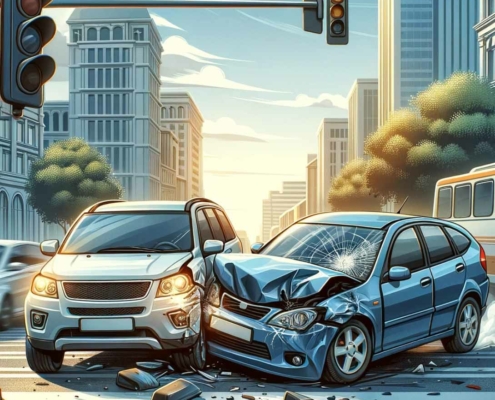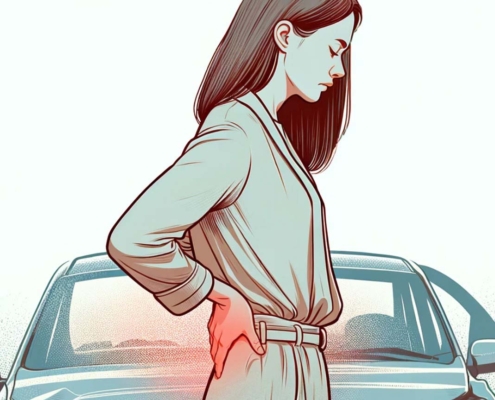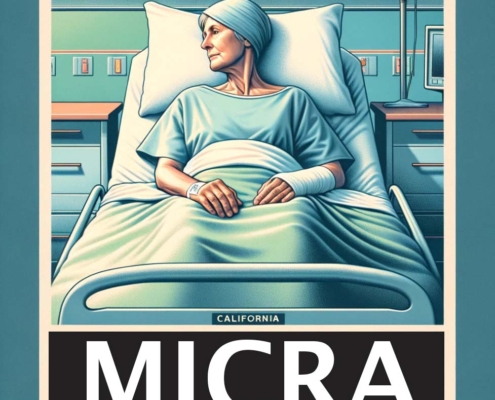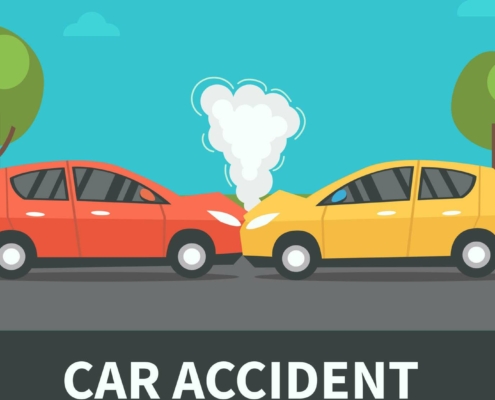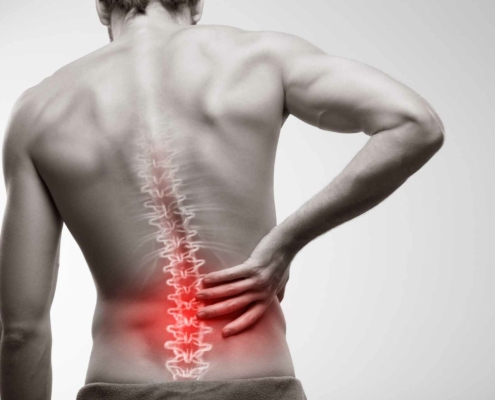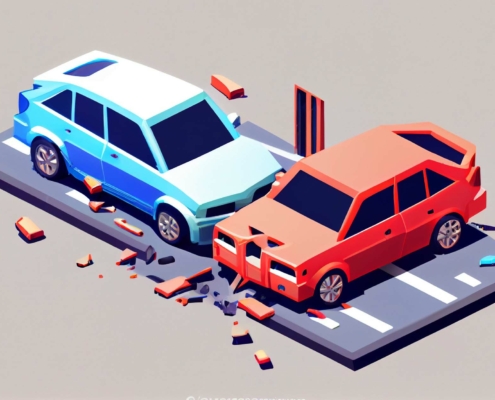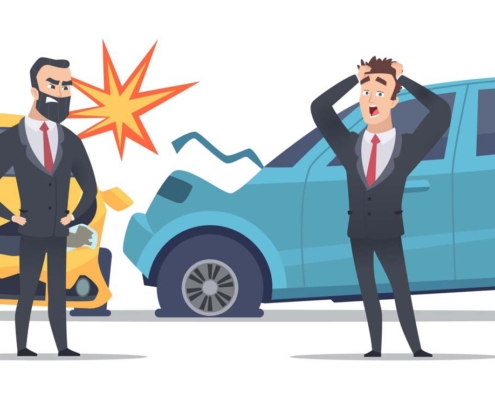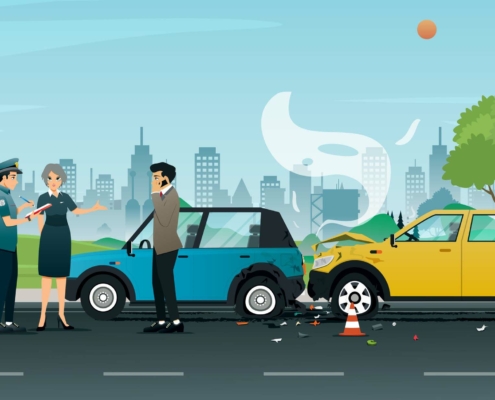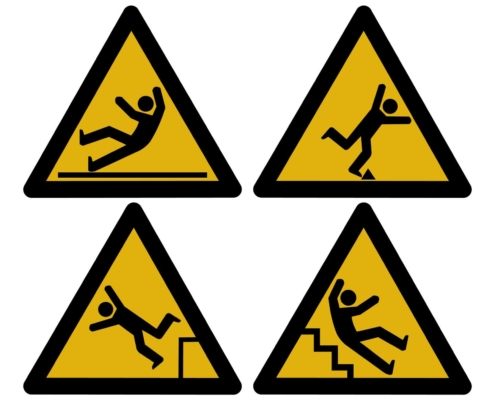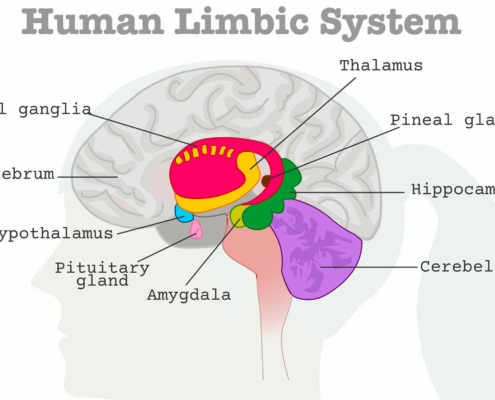MICRA and Medical Malpractice Litigation
For almost five decades, the Medical Injury Compensation Reform Act (MICRA) of 1975 imposed significant limitations on compensation for victims of medical malpractice in California. Nevertheless, new opportunities have been presented by recent amendments that came into force on January 1, 2023. Such a course of events and the continual increase in the strict non-economic damage cap that MICRA imposed during the last ten years tells that something is possibly changing in the right direction for those suffering from medical negligence. The final significant outcome is that California personal injury lawyers are now confronted with important work, which includes skilled examination and prosecution of these cases and finding the emergence of other non-MICRA claims to make client recovery much better.
In this regard, the Revised MICRA Caps that are effective from 2023 sure provide insight into the fee changes likely to take place in medical personnel payment
Commencing from 2023, the non-economic damage caps provided for under MICRA will escalate and entail an elevation in general damages applicable to non-wrongful-death cases reaching $350,000 but set to ultimately hit $750,000. Wrongful death caps will also be raised from $500,000 to $1,000,000. For example, these caps could be applied to up to 3 potential wrongdoers, and this approach means that plaintiffs could receive much higher compensation. Yet, in many cases, these capped amounts are still not enough to fully resolve the damages suffered by the victims, which requires a search for other legal theories as an approach to escalating the value of the claim overall.
If elder or dependent adult abuse under Welfare and Institutions Code section are involved in the claims against hospitals or skilled nursing facilities, it may evade MICRA’s protection. These allegations have to establish abuse or neglect more than simply medical negligence. The decision in the case Delaney v. Baker (1999) 20 Cal.4th 32 sets a precise and clear line between professional negligence claims on the one hand and elder abuse claims on the other hand to the extent that this judgment has had a significant impact towards formulation claim strategies.
Neglect and Abuse in Elder Care: Legal Definitions and Case Studies
According to the Welfare and Institutions Code, ‘neglect’ is legally defined as “the negligent treatment or the maltreatment of a child by a person responsible for their welfare under the circumstances indicating harm or threatened harm to their health or welfare,” but it shall also include any mental injury suffered by a child.” Physical abuse is given a wide concept, including acts such as assault and sexual battery. The court ruled that the plaintiff had not restricted their Elder Abuse Act claims within the confines of MICRA limits in an illustrative case, Samantha B. v. Aurora Vista Del Mar LLC 77 Cal.App.5th 85, (2022), simply because findings were made that there was reckless neglect and inadequate policies by the health care provider involved.
Medical Battery: A Channel for Non-MICRA Claims Strategy
One of the things that are not included in MICRA is medical battery, which is an intentional tort whereby a healthcare professional applies procedure for a person’s treatment against their will without even providing any therapy to them. In cases such as Kaplan v Mamelak (2008) 162 Cal.App.4th 637,645 and Conte v Girard Orthopedic Surgeon Medical Group, Inc., (2003) 107 Cal.App.4th 1260, 1267, the key elements and complexities of a claim for medical battery can be read into. These cases illustrate the fact that a medical battery can turn a low-value MICRA-capped case into a potentially high-value uncapped claim.
Corporate Negligence: Expanding Liability in Medical Malpractice
Corporate negligence, which is particularly pertinent when hospitals confer privileges to doctors with past sutures of malpractice, provides another route around MICRA restrictions. Elam v. College Park Hosp. (1982) 132 Cal.App.3d 221 holds the view that hospitals can be sue for failure to properly screen competence of medical staffs working at their institutions. It occurs that this theory raises the value of a claim significantly, especially if it deals with a situation where there is evidence that the hospital in question is ‘okay’ with a physician he or she knows has health and safety issues yet does not prioritize taking legal action against him or her.
Significance of Case Law in Claims for Abuse to Elder Dependent Adult
Arguably, claims revolve around elder/dependent adult abuse—meaning that an in-depth awareness of the applicable case law and its rightful utilization are prerequisites. The Samantha B case illustrates the need for applying case law on pleadings and discovery to get evidence that would help prove cases of abuse or neglect. This specific ruling of the court provides a framework for their further interpretation in regard to elements of reckless conduct and negligence with reference to the failure of notifying the California Department of Public Health, which is an essential precedent for future claims but at that underlines paramount importance on part healthcare providers related to patient safety; mandatory reporting if required followed by promptly action.
Medical Battery
Medical battery poses a unique problem in medical malpractice cases and often comes out in instances when the procedure carried out is not within the patient’s consent. Cases like Cobbs v. Grant (Cal. 1972) 8 Cal.3d 229 or Kaplan have shown that the interpretation of what constitutes a “substantially different procedure” requires very careful analysis to be done by court needed avant toute chose in such cases than even of allegations on fraudulent misrepresentation upon the part of the practitioner himself.IV In such cases, the court has established that patients have a right to make limited consent in which they place a certain limit and is obligatory on physicians to respect those limits thus allowing plaintiffs an opportunity of seeking justice beyond MICRA.
Corporate Negligence and Hospital Liability: A Strategic Consideration
The concept of corporate negligence becomes more powerful, especially in a situation where hospitals have granted their hospital privileges to physicians who have had malpractice violations. Elam v. College Park Hosp. is a milestone decision that paves the way for suing hospitals for its personnel’s competence and the appropriateness of medical treatment rendered. This part of corporate negligence not only provides a route to a possibly larger compensation but also emphasizes the role health care institutions have in guaranteeing patients’ safety.
Conclusion
However, in terms of medical negligence cases attaining justice to victims is a complicated and challenging profession that advocates have to use all the legal tools at their disposal. The role of proper selection of cases supported by a comprehensive medical expert review cannot be underestimated. Thus, by skillfully maneuvering through the intricacies of MICRA and creative litigation of cases based on merit, attorney not only fights for his or her client but also adds to the safety standard in a health care institutions. Overall, the battle for justice in matters of medical malpractice becomes a fight for the provision of safer healthcare to everyone.
This deep pervasive analysis highlights the current changes that are occurring in California regarding medical malpractice litigation. Revisions to MICRA, along with the research of non-MICRA claims provide attorneys with new strategies to increase client’s recovery. The concept of the elder/dependent adult abuse, medical battery and corporate negligence enhance the enthusiasm for arresting prevailing injustices providing victims of malpractice with a stronger route to reparation and redress.



